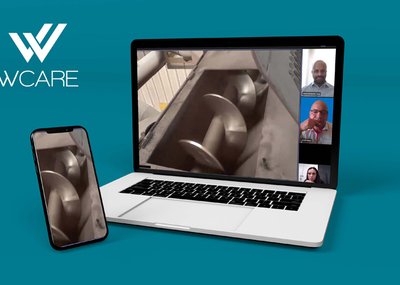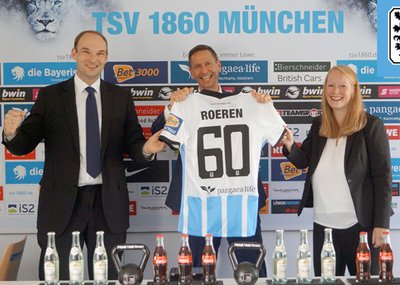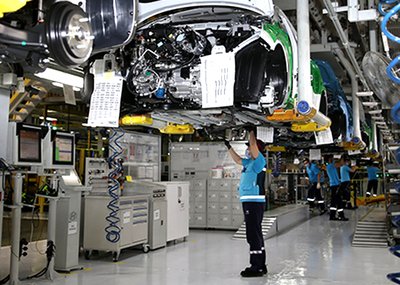The manufacturing of physical products was the key driver of economic prosperity from the mid-nineteenth century to the end of the twentieth century. Traditional manufacturing remains the backbone of the world economy, the millions of companies operating in this sector generating an estimated 17 percent of global GDP, and more if we include related services. However, in many industrialized countries the role of manufacturing and its public perception has declined in recent decades, as richer countries increasingly outsource production to developing markets. Indeed, some companies have come to regard traditional factories and other manufacturing facilities as a liability rather than an asset in light of their planned strategic path.
What lies behind this decline of traditional manufacturing in the perception of Western businesses? Factors include growing pressure on industrial companies to realize efficiency gains, increasingly globalized supply chains and competition from contract manufacturers. All those factors, combined with increasing pressure from investors are leading to a fear of ending up at some point in the future with stranded assets from the legacy manufacturing footprint.
Moving beyond 'lean'
Many companies would be heartily glad to get rid of their traditional manufacturing activities completely. If only they could become "asset light" like Apple, purely responsible for the design, branding and marketing of cool products, while someone else does the "plain" manufacturing for them, they appear to think. Of course, in many cases that is not possible due to their legacy of physical assets such as factories, their workforce, restrictions on location and their investment requirements – quite apart from broader questions, such as how to ensure local employment and the future availability of critical goods at competitive prices.
For years, the only way for manufacturers to escape the pressure was to relocate their factories to low-cost countries or increase the productivity of their own production processes through increased automation and methods such as "lean". More recently, digitalization / Industry 4.0 has also come to manufacturers' aid as another way to enhance efficiency, reducing the impact of higher labor costs for their workforce in their home countries. However, even here implementation often proves difficult and comes with a substantial price tag.
A window of opportunity
In the long term, we believe that turning your back on manufacturing could be a strategic mistake. With the right innovation-driven approach, companies can transform both their manufacturing competencies and their inventory of production assets into a decisive competitive advantage.
A number of trends have reached a tippping point and are converging that offer a unique opportunity for manufacturers to reshape the sector and achieve Next Generation Manufacturing. Sustainability is growing in importance and is now demanded by consumers, investors and governments alike. This is accompanied by an increasing regional focus, driven by the desire to minimize geo-political risks, avoid supply-chain risks and long lead times and bring production closer to demand markets. Consumers are showing a growing awareness of local culture and heritage, and are increasingly interested in seeing products produced locally.
At the same time, demand for individualized products is growing, driving greater complexity due to small batches ("lot size 1"). Many governments are keen to preserve local jobs in industry, maintain control over critical goods and support local manufacturers and their own economies. Technological disruptions, such as EVs in the automotive industry, also significantly impact the industrial landscape and the manufacturing context. And finally, digitalization and the fourth industrial revolution (the automation of traditional manufacturing practices using smart technology, enabling innovations such as predictive maintenance) is disrupting many areas of manufacturers' activities and will continue to do so in the future.
The current and future impact of these trends differs depending on the sector. For example, sustainability is a key driver in the fashion and consumer goods industries but plays less of a role in capital goods, where automation and digitilization are of prime importance.
Securing competitive advantage
Manufacturers can use these trends to their advantage to secure their future. Their room to maneuver, rethinking and reconfiguring traditional manufacturing, has never been greater. The need to think more broadly, investigating (or revisiting) new forms of collaboration, new services, data provision, new areas of value added, increased transparency in their supply chains, reshaping their footprint, the "make or buy" decision, automation and digitization options, and so on. New levers are available with which manufacturers can address new customer needs across industries. Rather than focusing purely on enhancing productivity as in the past, they should change their future focus to regaining competitiveness in a new era of manufacturing.
Roland Berger regularly publishes on Next Generation Manufacturing and the associated opportunities for companies. Below you will find a selection of our current publications containing the latest research findings, expert assessments and future scenarios.
Source: www.rolandberger.com




